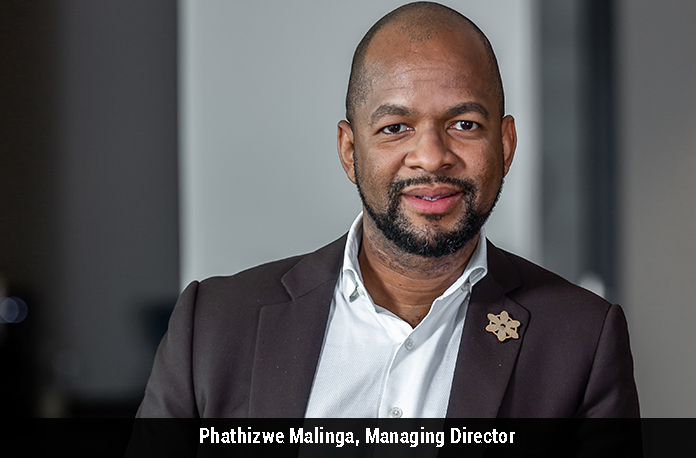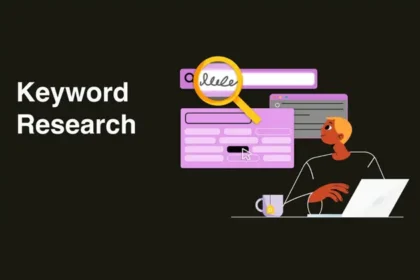Construction sites look different these days. A residential construction consultant might spend as much time staring at a tablet as walking the grounds. Technology hasn’t just changed how homes get built—it’s rewritten the entire process.
Traditional methods relied on experience and instinct. Modern approaches add data and precision to that foundation. The shift happened faster than most people realize, transforming an industry that once moved at a glacial pace.
The New Residential Construction Toolkit
Building Information Modeling sits at the heart of this revolution. Instead of flat drawings that leave room for interpretation, BIM creates intelligent 3D models packed with information. Every wall, pipe, and wire exists as data before it becomes reality.
Drones circle overhead, mapping sites and documenting progress. They reach places humans can’t safely access. The footage they capture feeds into software that tracks timelines and quality.
Virtual reality lets clients walk through homes that don’t exist yet. Standing in an empty lot, homeowners can see exactly what they’re getting. This eliminates the guesswork that plagued construction for generations.
Smart Systems Change Everything
AI works quietly in the background. It analyzes thousands of variables to predict delays, optimize schedules, and flag potential problems weeks before they surface. A residential construction consultant using these tools spots issues that would slip past human observation alone.
Prefabrication brings factory precision to home building. Wall panels arrive ready to install. Roof trusses fit perfectly on the first try. The weather can’t delay work happening in climate-controlled facilities.
Key technologies transforming residential construction:
- Building Information Modeling for design coordination
- Drone surveying and site monitoring
- AI-powered project management systems
- Virtual reality client presentations
- Prefabricated building components
Robots and Remote Control
Automation handles repetitive tasks with consistent accuracy. Robotic systems cut materials with zero waste. Automated bricklayers work around the clock without fatigue. These aren’t humanoid machines—they’re specialized tools that excel at specific jobs.
Construction management software connects everyone involved in a project. When residential construction consultants update schedules or approve changes, subcontractors see the information immediately. No more phone tags or missed messages.
The software tracks everything. Budgets, timelines, material deliveries, weather forecasts, and worker schedules all live in one system. Historical data from past projects helps predict future challenges with surprising accuracy.
Real Benefits, Not Just Hype
Better communication tops the list of improvements. Misunderstandings between builders and homeowners have always caused friction. When everyone looks at the same 3D models and accesses identical information, confusion drops dramatically.
Costs become more predictable. BIM calculates material quantities precisely. AI tracks spending in real time and warns when budgets approach limits. Catching design conflicts digitally before they become physical problems saves serious money.
How technology protects construction budgets:
- Precise material calculations reduce waste
- Early conflict detection prevents expensive fixes
- Real-time tracking stops overspending
- Factory pricing offers stability
Quality improves across the board. Digital systems catch defects that human inspectors might miss. Sensors monitor conditions during critical phases like concrete curing. The documentation created during construction helps with maintenance decades later.
Safety gets a significant boost. Wearable devices alert supervisors to dangers. Drones inspect risky areas without putting people in harm’s way. Robotics handles hazardous tasks that once required workers at heights or around dangerous materials.
Speed Without Shortcuts
Projects finish faster now. What took eighteen months a decade ago might wrap up in twelve today. This acceleration doesn’t come from rushing—it comes from eliminating inefficiencies.
Digital coordination lets multiple tasks happen simultaneously. Foundation work proceeds on site while prefabricated components get manufactured elsewhere. Permits process faster when applications include detailed digital submissions. Materials arrive exactly when needed, not weeks early or days late.
Residential construction consultants can handle more projects annually. Families move into new homes sooner. Investors see returns faster. Everyone benefits from the compressed timelines.
Greener Building Through Precision
Environmental concerns drive many homeowners today. Technology supports sustainability in concrete ways. Precise calculations minimize material waste. Energy modeling optimizes designs for efficiency. Digital documentation eliminates mountains of paper.
Factory prefabrication particularly helps the environment. Controlled settings enable better recycling and resource management. Transportation impacts drop compared to traditional methods. The residential construction consultant who recommends these approaches delivers homes aligned with environmental values.
Buildings constructed with modern quality control and thorough documentation last longer. They need fewer resource-intensive repairs over their lifespans. Getting it right the first time pays dividends for decades.
The Human Element Remains Critical
Technology handles what it does best—data processing, coordination, and prediction. Human expertise still provides judgment, creativity, and nuanced decision-making. The best residential construction consultants blend new capabilities with traditional wisdom.
Forward-thinking professionals stay current with emerging tools. They evaluate innovations critically rather than adopting every shiny new gadget. Not all technology proves useful, but the right tools dramatically improve outcomes.
What technology can’t replace:
- Creative problem-solving skills
- Client relationship management
- On-site judgment calls
- Craft expertise and experience
Choosing the Right Partner
Homeowners planning construction projects should seek residential construction consultants who embrace appropriate technology. The advantages go beyond abstract benefits—they translate into less stress, better value, and superior finished products.
Better communication means fewer surprises. Tighter budgets protect financial plans. Faster timelines get families into homes sooner. Higher quality ensures long-term satisfaction. These aren’t marketing promises—they’re measurable outcomes.
The gap between tech-enabled and traditional approaches continues widening. Those who leverage digital tools consistently outperform those who resist change. Smart clients recognize this reality.
Looking Ahead
Construction technology keeps evolving rapidly. Today’s cutting-edge tools will seem basic in five years. Residential construction consultants who view technology as fundamental rather than an optional position position themselves for continued success.
The industry’s digital transformation has proven itself beyond doubt. Buildings get designed better, constructed faster, and delivered with fewer problems. Clients receive more value for their investment. Workers operate more safely and efficiently.
This isn’t about replacing human skill with machines. It’s about equipping talented professionals with tools that amplify their capabilities. A residential construction consultant armed with BIM, AI, drones, and management software can accomplish what would have required an entire team previously.
The homes built today with these technologies will stand as testaments to what becomes possible when construction embraces innovation. They’ll be better designed, more efficiently constructed, and more thoroughly documented than their predecessors. For an industry that builds the spaces where people live their lives, that matters immensely.
Technology has given residential construction consulting a modern edge that benefits everyone involved in the building process. The question is no longer whether to adopt these tools—it’s how quickly and how effectively they get implemented.










